Am I the only one who associates persimmons with warmer, dry climates? I think of California or Sicily, where I once feasted on them at a winery on the slopes of Mt Etna. So I am as surprised as anyone to know that American Persimmons (Diospyros virginiana) are native to nearly half the states in the US. Where I live (in Central Massachusetts) is just north of the native east coast range (which extends to southern Connecticut). With climate change, I have figured I can grow them here in Massachusetts if I want to.
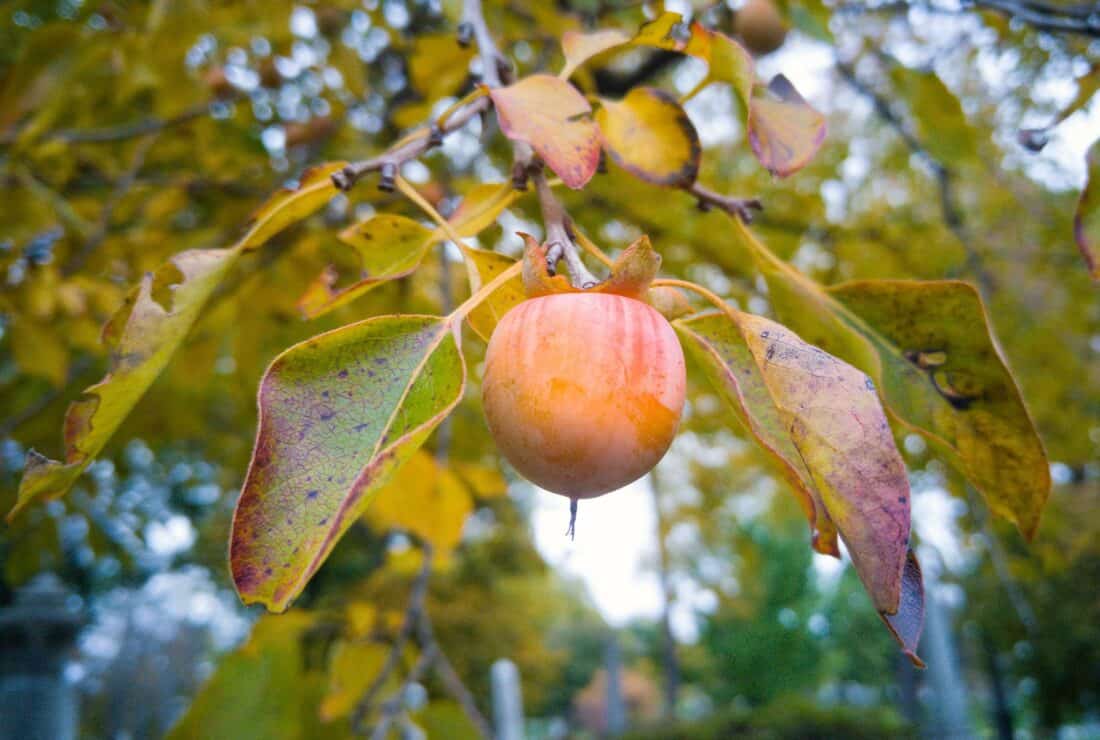
The native range also includes the entire Mississippi River Basin, most of the states to the east, plus Texas, California, Utah, and a couple of others. So, the Persimmon is really not an exotic Mediterranean fruit but rather something we should be seeing on all the farm stands of Middle America. Do you buy persimmons locally?
The reality is, I am wholly unfamiliar with using this fruit. I did a little recon on the subject and found a nice collection of interesting recipes that I plan to use. My plan: seek them out at the market, try them a time or two and if I can make something of them – I will plant an American Persimmon in my landscape (and perhaps a few clients too).
Note – I originally wrote the previous paragraph in 2010 – and it is now 2024. I did plant two small persimmon trees. They were very small – whips – which means they were just single-stemmed sticks with a few roots. They have lived all these years – but they didn’t really grow until perhaps two years ago. One of them is now a whole 5 feet tall, and the other is at least 4 feet!
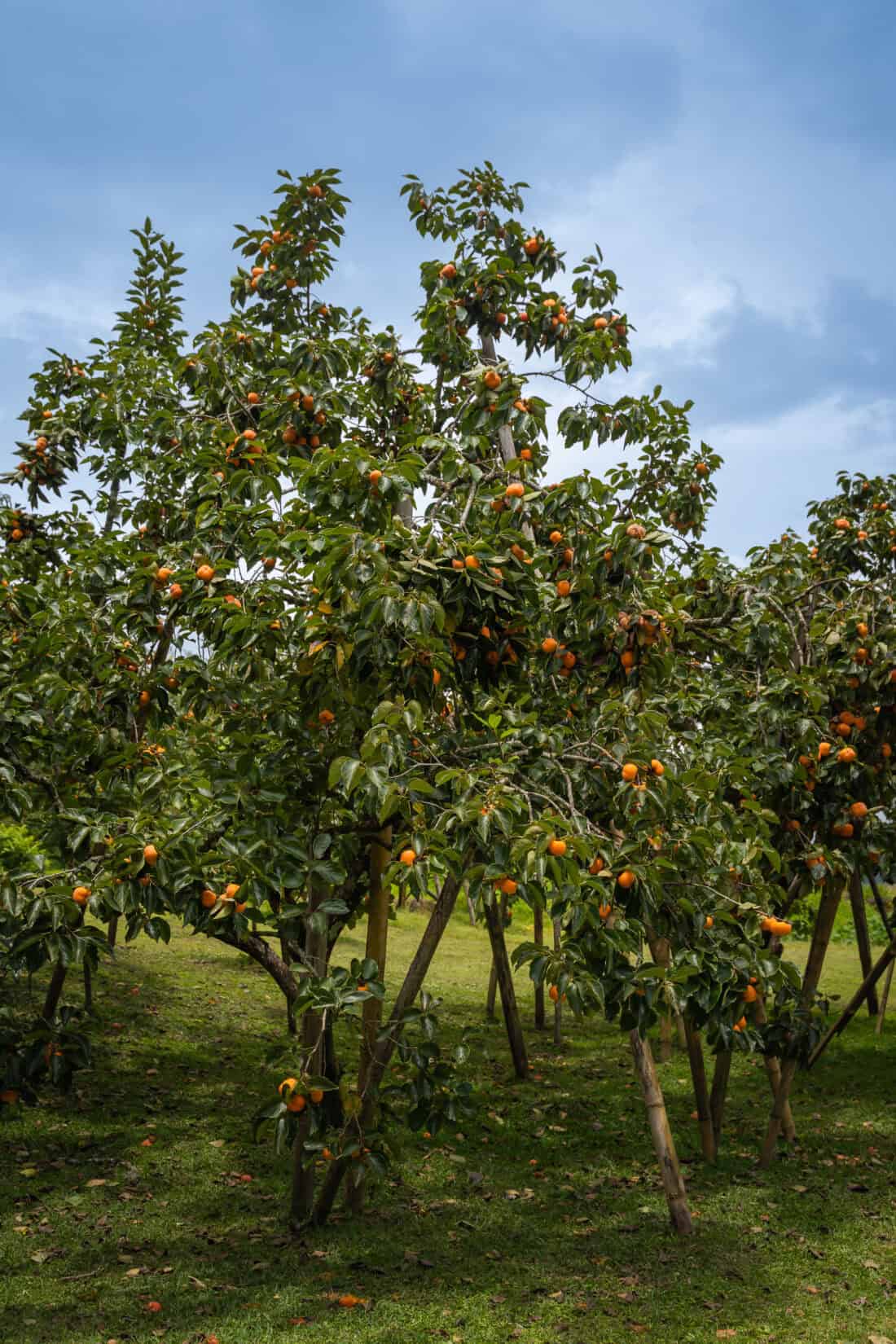
So here is the big secret for growing persimmon trees – patience. The trees are tough – and they never needed special care – they were just slow.
It took 12 years for them to actually start to seem like real trees – not just twigs sticking out of the ground that I constantly had to protect from accidentally mowing over them. I suspect this is why I’ve never seen them in the garden center – they are slow growers with a deep taproot – and that is a hard combination for nursery sales.
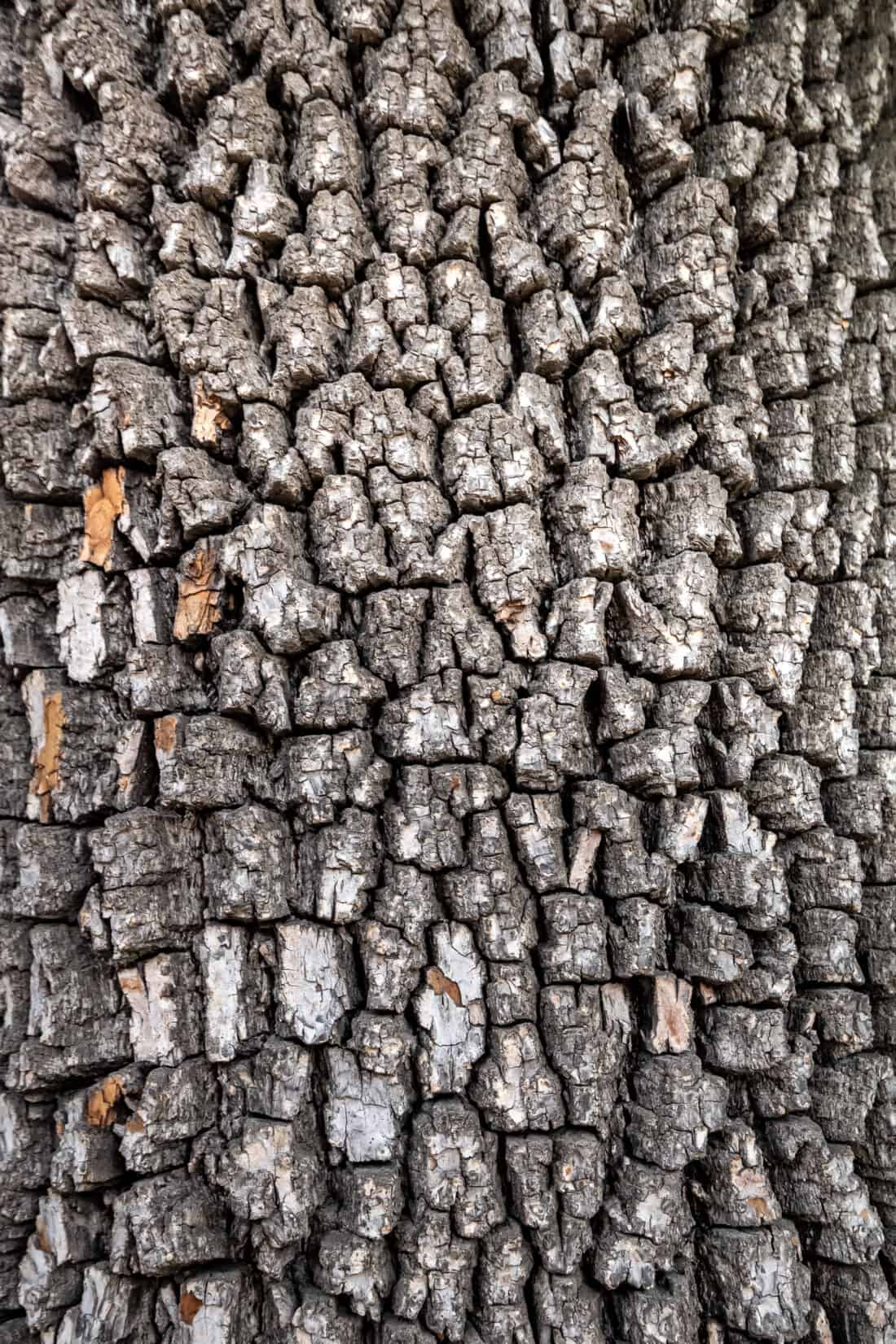
American persimmon has dark gray bark. By Pavel
Persimmon (Diospyros virginiana)
Original from The Smithsonian.
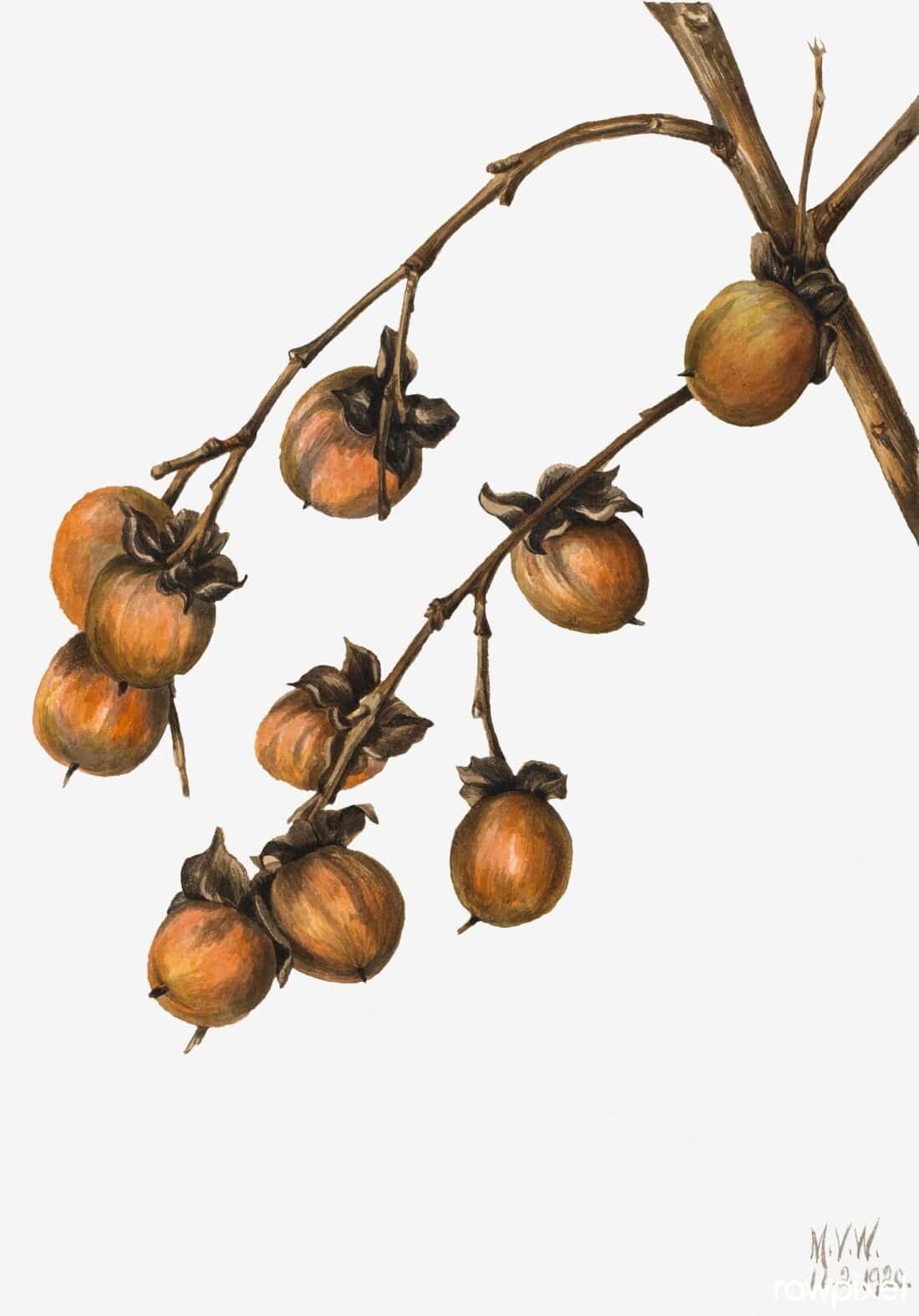
Growing the Native Persimmon Trees (Diospyros virginiana)
The glossy, leathery leaves make the persimmon tree a nice one for landscaping, but it is not easily transplanted because of the taproot. Taproot trees and plants generally do not like to be disturbed and moved. When I planted my baby persimmon trees, they were so small – too small to have an extensive tap root. The reality is that the reason that they have taken so long to finally take off is a testament to the fact that it probably took too many years for the taproot to not only grow – but extend deep enough into the rocky soil of my hilltop location to find enough resources to truly establish and fuel crown growth.
Persimmon is valued as an ornamental because of its hardiness, adaptability to a wide range of soils and climates, lustrous leaves, abundant crop of fruits, and immunity from disease and insects. The wood is heavy, hard, strong, and very close-grained. Because of its hardness, smoothness, and even texture, it is particularly desirable for turnery, plane stocks, shoe lasts, shuttles, and golf club heads.
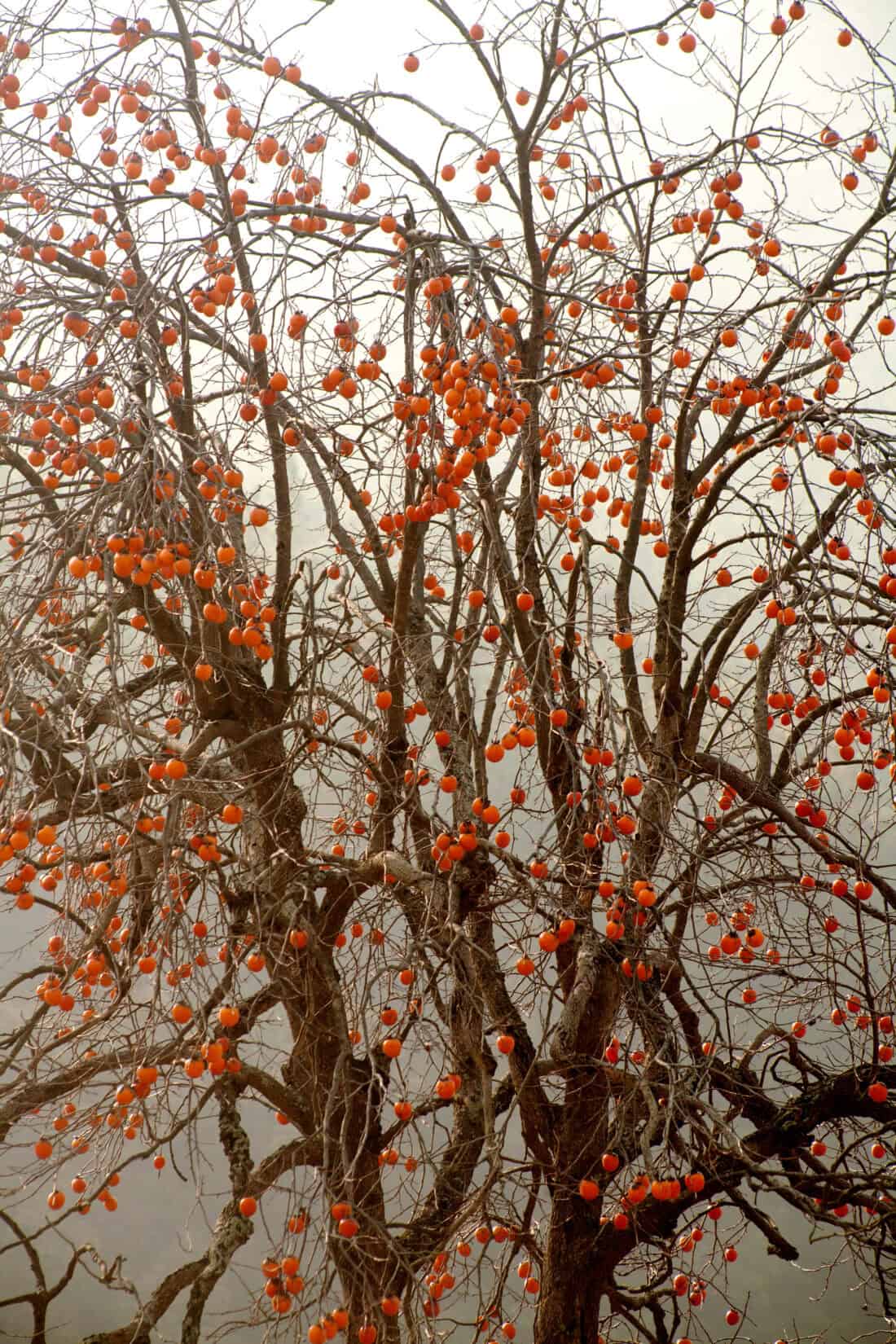
My favorite memory of persimmon trees is riding the train in northern Italy (from Milan to Venice) in November and seeing tree after bare-branched trees seemingly decorated with orange holiday ornaments. I absolutely loved how the fruit persisted long after the leaves fell and created such a striking early winter ornamental tree.
Advice for Growing A Persimmon Tree
If you are planning to add one of these trees to your landscape, I’d pass along this advice:
- Plant small – it will increase the likelihood that your tree will establish in its new home.
- But not too small – or you might have over a decade before you have an actual tree. (I think one gallon might be an ideal size – if you can find it).
- Be patient – they take a while.
- If you want faster growth, site the tree accordingly. My tree is planted as a true understory tree. Oaks, birches, and pines shade it most of the day. It is also more of a mesic and dry-upload forest environment with many rocks. They are very tolerant of these adverse conditions. Persimmon will, however, also be happy in swampy forests, sandy soils, river bottoms, and full sun. And they tend to grow bigger in faster in these more fertile environments.
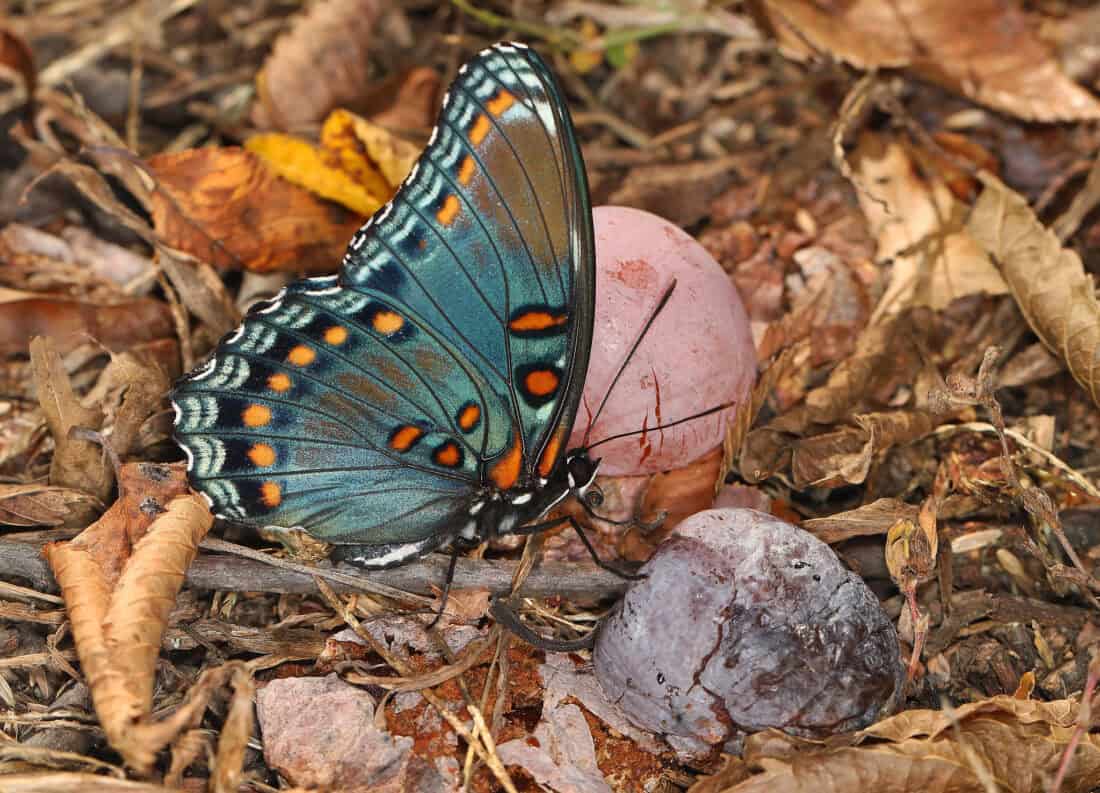
Cooking With Native Persimmon – Diospyros virginiana
Persimmon trees are typically planted as smaller understory trees but can grow up to 60 feet tall when planted in rich and moist soil. They have distinct bark that resembles dogwood scales and produce bright orange, plum-sized fruits that hang from their bare branches from fall through the winter. The fruit is astringent until after the first frost, at which time it becomes quite sweet. People enjoy eating persimmon fruit in a variety of ways, such as raw, cooked, dried, or even cooked inside bread, pies, and cakes.
If you are curious – these are the Persimmon Recipes that I am eager to try with my own homegrown harvest – maybe in another 12 years.
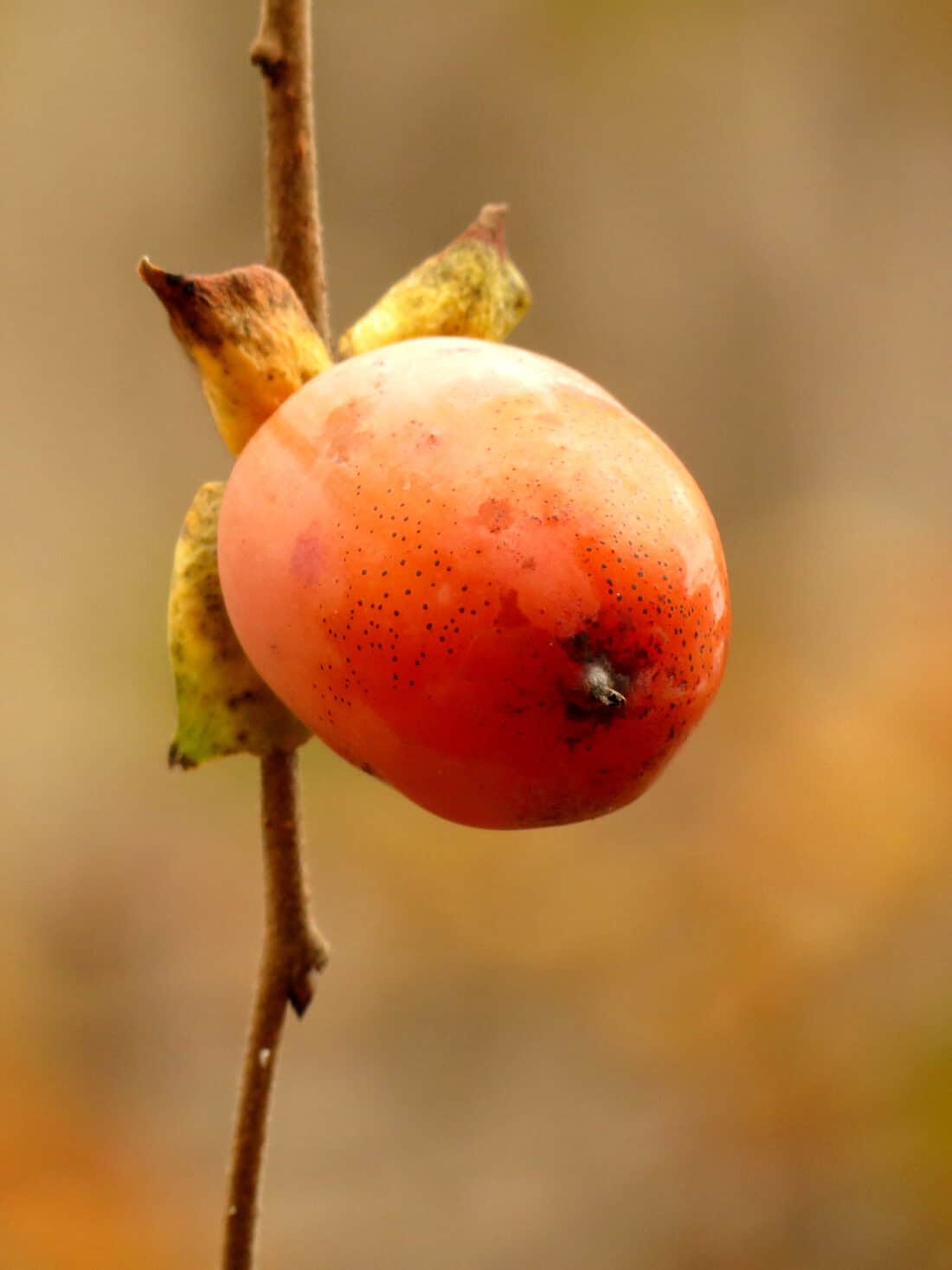
I am intrigued by a persimmon bread recipe from Food You Can Cook Anywhere. One day, I imagine my trees will give me with more fruit than I will know what to do with. I am interested in using up some of the fruits to make Persimmon Vinegar and Pickled Persimmon’s from Rookie Cookery. Something a little on the gourmet side, Food and Wine has a recipe for Belgian Endive & Persimmon Salad.
The Naked Beet however has the most interesting recipe (to me) for a Persimmon Ham Sandwich. Supposedly it is particularly delicious with a side of sweet potato fries and a glass of Prosecco. Yum.
Besides the edible fruit, the dried, roasted, ground seeds have been used as a substitute for coffee and persimmon flowers are also useful in the production of honey. A great all around tree I would say. Do you have one? How does it grow in your garden?
I have heard that planting persimmon is like sending a gilded invitation to the local deer.
I don’t have one but I’ve admired their beautiful fruit out in the countryside. And I have had the unpleasant experience of eating one before it was fully ripe.
Thanks so much for the shout out!